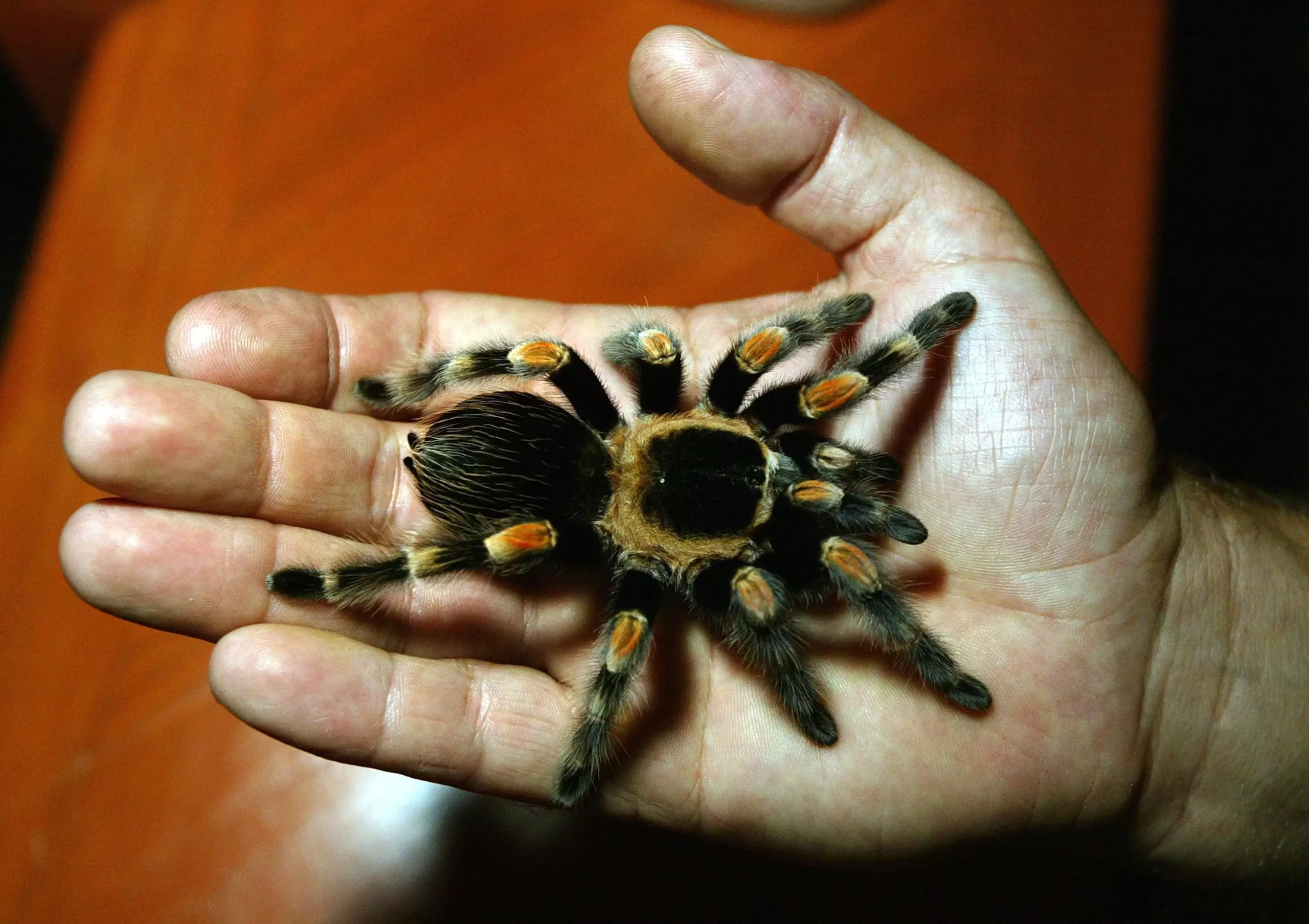Tarantulas, revered by some and feared by others, make remarkable pets for enthusiasts willing to dive into the unique realm of arachnids. Unlike traditional furry companions, tarantulas present a demanding yet rewarding experience. This guide aims to explore essential aspects of tarantula care, making the journey seamless for those who admire these creatures.
Before embarking on the adventure of owning a tarantula, it is crucial to understand their natural behaviors. Tarantulas exhibit a range of fascinating traits that distinguish them from conventional pets. For starters, they are not social creatures. Unlike dogs or cats, which thrive on interaction, tarantulas prefer solitude. They do not seek out human companionship, nor do they form bonds with their owners. Consequently, they are ideal for individuals who appreciate animals in an observational capacity rather than as interactive companions. Their calm and quiet nature makes them suitable for pet owners who might have limited space or prefer low-maintenance animals.
While their appearance—often furry and exotic—may draw admiration, potential owners should prepare for the reality that these creatures communicate fear through subtle body language. Hence, understanding how to recognize stress signals in a tarantula is essential for responsible ownership.
When it comes to selecting a species, not all tarantulas are created equal. Some species are particularly suited for beginners due to their hardiness and manageable temperaments. For those venturing into tarantula ownership, the Brazilian Black, Chilean Rose, Mexican Red-Knee, and Curly-Hair Tarantulas are all excellent choices. Each species offers its distinct charm and character while remaining relatively easy to care for.
For prospective spider owners, ground-dwelling tarantulas are often recommended because they are typically easier to manage than their arboreal counterparts. However, some tree-dwelling species may also serve as suitable pets for those willing to invest the time to understand their specific needs.
Establishing a suitable habitat for a tarantula is an essential part of pet ownership. While they do not require massive spaces, creating an environment mimicking their native habitat is pivotal for their health and well-being. A simple five-gallon aquarium or a specialized enclosure can serve as an adequate living space.
When setting up the enclosure, ensure it contains a tight-fitting lid to prevent escapes. Depth is also crucial when choosing substrate material; a two to four-inch layer of potting soil or peat will allow your tarantula to burrow and facilitate proper humidity levels. Additionally, hiding spots in the form of half logs or clay pots should be included to help your pet feel secure. All you need aside from that is a shallow water dish to keep your spider hydrated.
Caring for tarantulas also involves learning about their feeding habits. As obligate carnivores, they primarily consume live prey, with crickets often being the go-to choice. Observing the feeding process can be an intriguing experience, but it’s vital to remember that watching your spider capture a cricket may not be for everyone. Those uncomfortable with this should reconsider their decision before adopting a tarantula.
Tarantulas typically show resilience to illness; however, attentive owners should monitor their spiders for signs of parasites or injuries. The presence of white material around a tarantula’s mouth may indicate parasites such as oral nematodes. Furthermore, as tarantulas grow and molt, they might become more susceptible to injuries, making it important to ensure their habitats are free of live prey during these vulnerable times.
While it may be tempting to handle your pet tarantula, it is crucial to approach with caution. Tarantulas do not appreciate excessive handling, and they may respond defensively if they feel threatened. Utilizing an open hand and allowing the spider to walk onto your palm can minimize stress. Additionally, keep the surface low to prevent injury in case of a fall, as tarantulas are exceptionally fragile during these moments.
If you do choose to interact with your tarantula, remember that biting, while uncommon in beginner-friendly species, can still happen. Besides the potential physical discomfort, allergic reactions to tarantula venom can occur. Thus, understanding individual sensitivity and ensuring safety for both the owner and the spider is paramount.
Owning a tarantula can offer a deeply enriching experience that diverges significantly from traditional pet ownership. By understanding the behavior, habitat needs, and care specifics, enthusiasts can provide a healthy environment for their unique spiders. Whether you admire from a distance or engage cautiously, these fascinating creatures deserve respect and understanding every step of the way. With the right knowledge, potential owners can embark on a rewarding journey into the captivating world of tarantulas.

